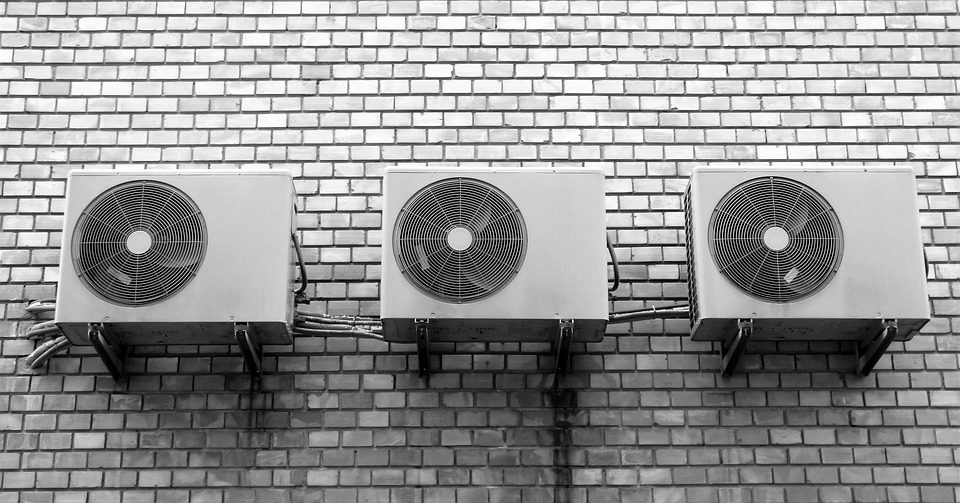HVAC systems or air conditioners have come a long way from their barely functional former selves to intelligent systems. Today, HVAC systems have become so vital in any building’s construction (home, office, restaurants, factories, and others) that they are integrated within the buildings’ frameworks.
The development in HVAC technology has been impressive. Here is a brief insight into the journey to HVAC integration. First, here is an insight into what HVAC integration is all about.
 Defining HVAC Integration
Defining HVAC Integration
Integrating HVAC systems into a building involves planning for its design with the building’s architectural structure in mind. The system is integrated with the building’s access controls. It also takes into consideration emerging technology in this industry for better functionality and comfort. Following is a review of how HVAC technology and functionality have evolved over the years.
The Past
Early models of HVAC systems featured just what was necessary for functioning. They had few electrical components, and this made them less functional and controllable. In fact, the only way to control these systems was to switch them on and off. However, they became much more functional with the introduction of the IR.
The IR improved the HVAC’s functionality and gave users greater control. They supported communication between thermostats and made it easier to control the small splits. However, this was still not enough as the integration was one-sided and the new thermostats were mostly used as stand-alone solutions. Nevertheless, this still paved the way for modern sophisticated HVAC systems and makes the future look brighter.
The Present and the Future
HVAC systems have become much better today with the advances being made in smart technology. Communicating thermostats and cut-off technology have almost become irrelevant as manufacturers switch to smart technology.
Today, HVAC systems have become so sophisticated that many factors have been automated. The new generation of smart thermostats makes it easier to analyze details such as temperature variations and humidity levels. They are also programmed to adjust these factors for optimal comfort as well as energy savings. They have also digitized control and integrated the use of wireless technology. In fact, HVAC companies are making complementary applications that communicate with HVAC systems through Wi-Fi, Bluetooth, and other wireless technologies.
The latest developments in HVAC technology are in environmental sensor technology. These sensors have formed the backbone of smart HVAC technology as they improve almost every component of the system. For instance, they improve the functionality of otherwise basic components such as ducts. They also monitor the system’s condition and recommend maintenance and repairs whenever necessary.
Challenges Still Abound
The HVAC industry is a lucrative one and there are several manufacturers. However, each manufacturer relies on unique technology that is not always compatible with other brands. This has posed a great challenge to complete integration as components from different brands are not always compatible. As such, users are limited to a choice of only one model when installing a new HVAC system or upgrading an old one – in the latter case, this makes it difficult to upgrade.
However, the future holds better tidings as companies are streamlining their technologies and developing third-party integration gateways.
Also on flyparents.com
- Best window air conditioners brands for large rooms
- Best window air conditioners brands for medium sized rooms
- Factors that makes air conditioners energy efficient
- Best window air conditioners brands for small rooms
- Factors to check before buying an air conditioner
- Air conditioner maintenance that will save you money
- Why HVAC enhances comfortable living
- Portable air conditioners
- Why HVAC companies want their clients to delay from installing the smart system
